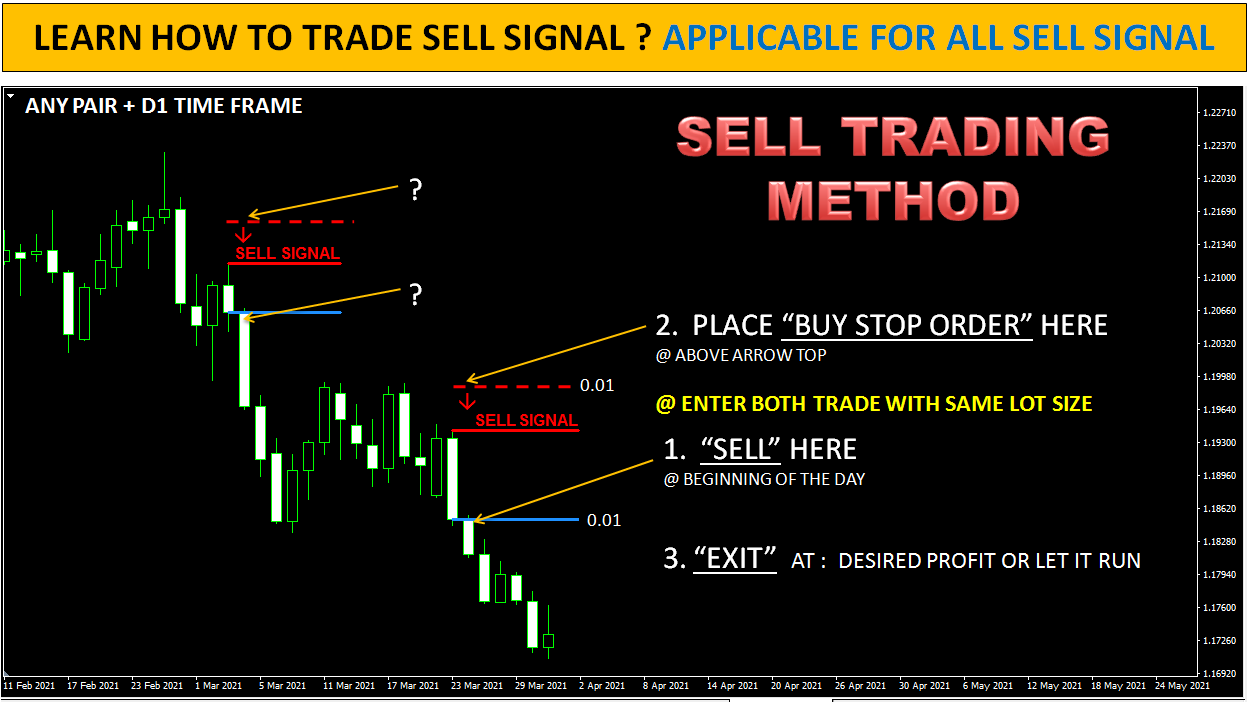11/12/2022
RISK SMALL AND LET YOU WIN BIG
WHAT IS POSITIVE EXPECTANCY?
~ Van Tharp
Note that the work below on expectancy and “R-multiples” is based on the original work of Van Tharp and is repeated here with his permission.
Expectancy is how much on average you are likely to make or lose when you place a trade in terms of your risk/reward ratio. An expectancy above zero means you have positive outcome.
You calculate your expectancy of your entire trading strategy by averaging the risk/reward over a series of trades, but before we get to the equation, it helps to understand what Tharp calls “R-multiples”.
THE EXPECTANCY OF YOUR TRADING STRATEGY
Now that you know what an R-multiple is, we can get back to calculating your expectancy. I know you may not have a system just yet, but don’t worry; just keep this formula in mind as something to come back to down the track.
To calculate your expectancy, first, you add up the total R-value of your Forex trades, and then you divide this total by the number of trades you have made.
Here is the formula:
For example:
If you had placed 30 trades and earned 45R in the process, your equation would look like this:
45R /30 = 1.5
In this case, your system has an expectancy of 1.5R (which is very good).
SIMPLICITY WILL PAY YOU REWARDS
~ Mark Weinstein
One of the best ways to master the art of trading is to pick and choose a limited number of techniques first, and get to grips with them. Select one or two entries you like, and practice them. Be patient when you hunt for your entries, and keep them simple, too, so you can act decisively when the time comes.
STALKING YOUR TRADE
Wait for your exact pre-planned entry criteria to be fulfilled before entering a trade, and act decisively as soon as they are. At this point, it should all be quite simple as your entry has been triggered, and you have a plan for how you are going to trade it.
11/11/2022
FOCUS : Is a Time-Tested Strategy
You can achieve almost anything in life…As long as you focus on achieving one thing at a time. It’s a time-tested strategy that’s been shared by many successful people.
Gary Keller and Jay Papasan even wrote a whole book about this simple idea. But don’t let the simplicity of this idea fool you. It’s one of the hardest things to implement in your life.
That’s because we, human beings, are fickle. Our desires are constantly changing. We pursue new things before we finish our old goals.
We’re dealing with an invisible force that is always trying to confuse us. Instead of focusing on one thing at a time, we set multiple goals, and think we can multitask ourselves to achieving them.
There’s a discrepancy between what we know ( to focus on one thing at a time) and what we do (focusing on everything at the same time).
One word; specialization.
• Specialization is the Key to Make Money
What do most people that make a lot of money in this world have in common? What do Tiger Woods and Bill Gates have common? Or how about George Soros and Venus Williams? At first you might say “nothing” besides the fact that they all make a lot of money. But what is the fundamental reason, behind all else, that these people and others like them make so much money while the rest of the world struggles to get themselves out of bed in the morning? One word; specialization.
People that make a lot of money focus in on one thing that they are passionate about, and they do it over and over and over until they achieve the result they are looking for. Simply put, you cannot really make a lot of money at anything in life if you master nothing.
All of the people in the above example have literally “mastered” one thing, sure they had ups and downs along the way, but they did not let that bother them, instead they transmuted this negative energy into motivation and pressed on because they believed in what they were doing.
In forex trading we need to focus on one price action setup at a time and become a “specialist” in it, get to the point where you find yourself being someone that other traders look to for advice on the setup that you “own”. Become an authority on each price action setup before you move on to the next, there is no sense in doing anything half in this world, and trading price action setups is no different.
Master the One Trade Setup
Do you want to become a MASTER of your Forex trading strategy? If so, you will need to have laser-beam like focus, you cannot waver and change strategies every week like many amateur traders do. Bruce Lee was arguably the best martial artist of all time, and guess what? He was not born the best martial artist of all time. He earned that title through dedication and focus…he learned to become a MASTER of his craft…if you want to succeed in Forex you will need to do adopt the Bruce Lee mentality…
Mastering one price action setup at a time is accomplished through literally making it the only setup you think about or look for when interacting with the market. You essentially live, breath, and sleep this one setup until you feel confident you know every angle and condition it can or should be traded in.
Once you do this you can begin implementing this knowledge, only after you master this one setup on a demo account then you should attempt to master it on a live trading account. If you find you are becoming consistently profitable with this one setup on a live trading account and you truly feel like you “own” it, then and only then should you think about adding a new setup to your trading toolbox.





























